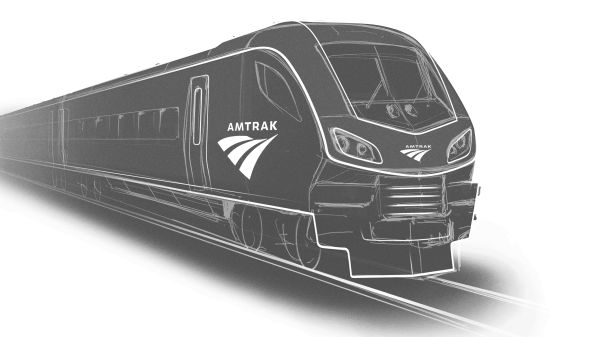Allandale25
Senior Member
VIA Rail CEO's opening remarks to the Federal Standing Committee on Transport, Infrastructure and Communities:
 media.viarail.ca
media.viarail.ca
I assume the video of the Q and A will be posted to the CPAC YouTube channel at some point.
Opening Remarks of Martin R Landry, President and CEO of VIA Rail, before the Standing Committee on Transportation, Infrastructure and Communities (TRAN) | VIA Rail
Mr. Chair, dear committee members, thank you for having us today. I would like to address my very first words to our loyal passengers, their families, friends and loved ones. On behalf of VIA Rail Canada, I apologize to all of you that were on the trains that were delayed for an extended...
I assume the video of the Q and A will be posted to the CPAC YouTube channel at some point.







